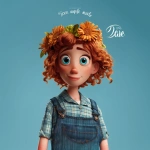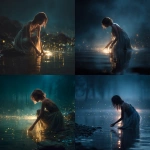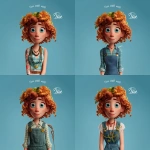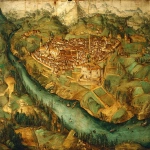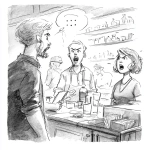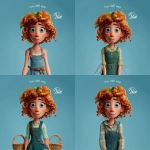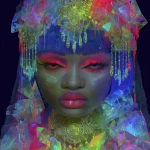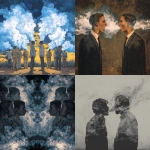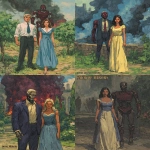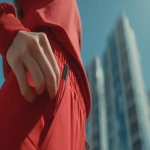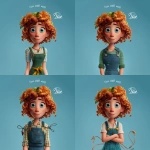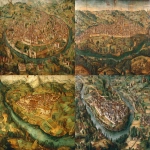Explore the Best AI Image Gallery
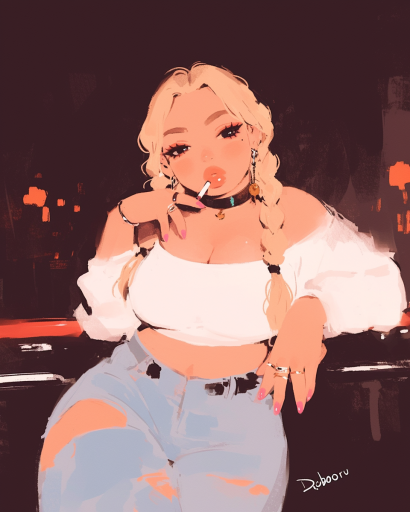
Navigating Ethical Waters: The Impact of AI-Generated Media on the Creative Landscape
As we venture deeper into the digital age, the emergence of AI-generated media has revolutionized not only how we create but also how we consume art and content. With algorithms capable of producing music, writing, and visual art, the creative landscape is evolving at an unprecedented pace. However, this technology raises important ethical questions regarding ownership, the role of the artist, and the integrity of creative work.
The Role of AI in Creativity
AI has seeped into various facets of the creative industry, facilitating tasks ranging from content creation to audience analysis. Artists and creators are leveraging these advancements to augment their creative processes. For instance, AI-generated artworks have gained significant traction in galleries and exhibitions worldwide, generating both interest and debate.
However, while AI can assist in generating ideas or drafts, it also poses the question: are these creations genuinely original? When a machine creates art, whose voice does it represent? The algorithms are trained on existing data, essentially reproducing styles and concepts created by human artists. Thus, it is essential to recognize that AI is a tool rather than a creator in its own right.
Applications of AI-Generated Media
The applications of AI-generated media are vast and diverse:
- Film and Animation: AI can help in scripting, storyboarding, and even generating complex visual effects more efficiently.
- Music Production: Platforms like OpenAI's MuseNet can compose music across various genres, enabling musicians to explore new creative horizons.
- Writing and Journalism: AI tools can draft articles, summaries, and reports, streamlining the writing process and assisting journalists in research.
- Design and Visual Arts: Tools like DALL-E and MidJourney enable users to create stunning visuals with text prompts, democratizing the design process.
Ethical Considerations
As with any technological advancement, the rise of AI-generated media invites a host of ethical considerations:
- Copyright and Ownership: Who owns the rights to an artwork created by AI? The original data sets, the AI developers, or the end-users who produced the work? These questions complicate intellectual property laws.
- The Artist's Role: As AI begins to take over creative tasks, what happens to human artists? The fear of devaluation looms large—will their unique perspectives become obsolete in favor of algorithm-generated perfection?
- Content Authenticity: The ability to produce hyper-realistic media calls into question the authenticity of creative work, particularly in today’s world where misinformation can spread rapidly.
Potential Consequences
If these ethical concerns are not adequately addressed, the consequences could be dire for the creative industry. A slippery slope could lead to:
- Increased job displacement for artists and creators
- A rise in plagiarized content if AI-generated works mirror existing styles too closely
- A decline in cultural diversity as algorithms, trained on homogeneous datasets, produce similar outputs
Future Trends
Looking ahead, it is essential to foster a balanced approach to the integration of AI in creative fields. We may see:
- Collaborative Creation: Emphasizing synergy between AI and human creativity, where artists learn to leverage technology while maintaining their unique voice.
- New Policy Frameworks: Governing bodies will likely need to revise laws surrounding copyright and ownership to cater to this evolving landscape.
- Ethical AI Development: There will be an increasing push towards transparency in AI algorithms to ensure that they are trained ethically and responsibly.
Conclusion
The ethical implications of AI-generated media are vast and complex. As this technology continues to evolve, it is crucial for stakeholders across the creative industry to engage in meaningful dialogue about its practices and consequences. By addressing ethical considerations proactively, we can navigate the future of creativity in a way that fosters innovation while preserving the integrity of artistic expression.

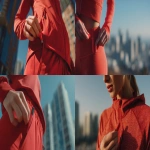
](https://images.ai-img.art/thumbnails/150/e6a179db327f0374ec327d0fdab48ac1f2dc47123eed103b0a41ed346280d07d.webp)
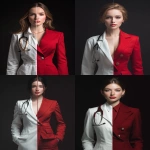
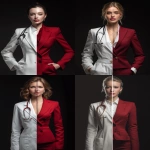
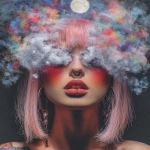
](https://images.ai-img.art/thumbnails/150/26c16e4f635deee86633de398088ca98d9bb748d6e7601436b07e882fab236cb.webp)
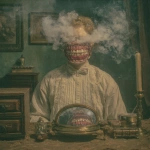
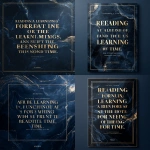
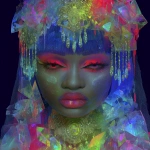
](https://images.ai-img.art/thumbnails/150/60973df1d727dbbf8e6922b7e4836814ab6012106eb9dcfe99aea7aec15f3710.webp)
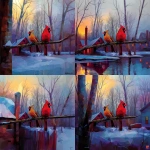
](https://images.ai-img.art/thumbnails/150/184b4b030e30be0a6d51b544226cb4cf2271977814d935d3aaa2b7529355b3b7.webp)
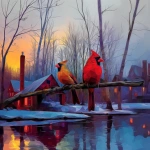
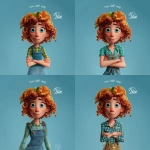
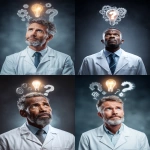

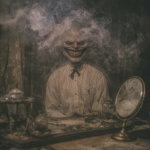
](https://images.ai-img.art/thumbnails/150/1202074d0d60b08b64d0f91f36468608aaac200a02b721cc8e6d8ec8a908432c.webp)
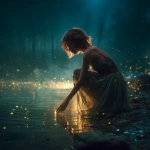
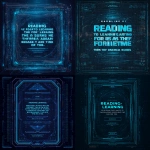


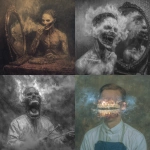
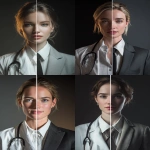
](https://images.ai-img.art/thumbnails/150/655229c40961cb7ff5abd4b4190e02c94ea1a961106e7547a562649c945268be.webp)
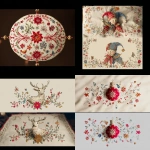
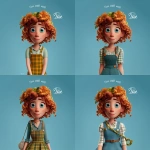
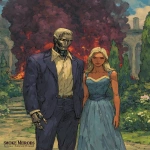


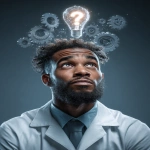
](https://images.ai-img.art/thumbnails/150/6c909fd6d38caac6572b592dd97831deb7d6562bba142798574677582676dfc1.webp)
